Original Tweet by @Guille_Nicieza
Charles III, famous benefactor of scientific and cartographic companies, organized several expeditions to the region to try to colonize it. The expeditions of Bruno de Heceta and Alejandro Malaspina were successful and left some toponyms in the region, such as the Malaspina Glacier.
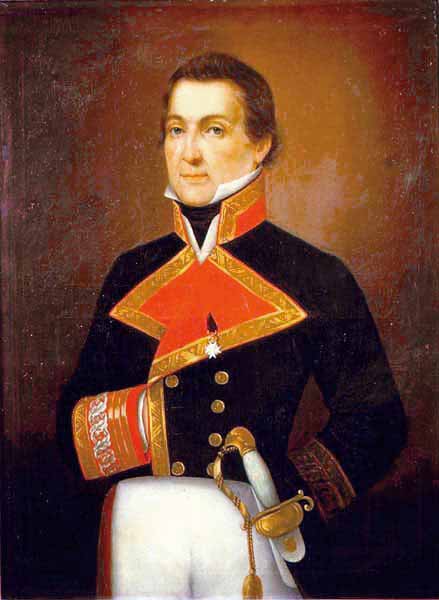
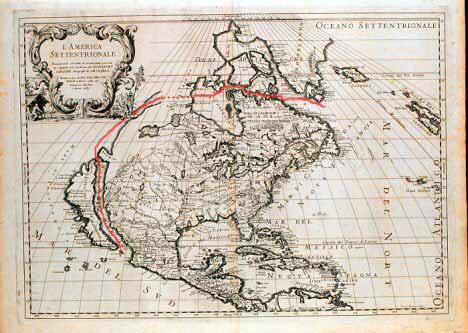
However, the British, following the example of the Spanish crown, sent explorations to the area, such as those of James Cook or George Vancouver, with the same intention of colonizing them. What they were really looking for was the legendary Northwest Passage.
The Northwest Passage is the sea route that borders North America, crossing the Arctic Ocean and connecting the Davis Strait and the Bering Strait, or what is the same, the Atlantic Ocean and the Pacific Ocean, through the North. But why did it matter?
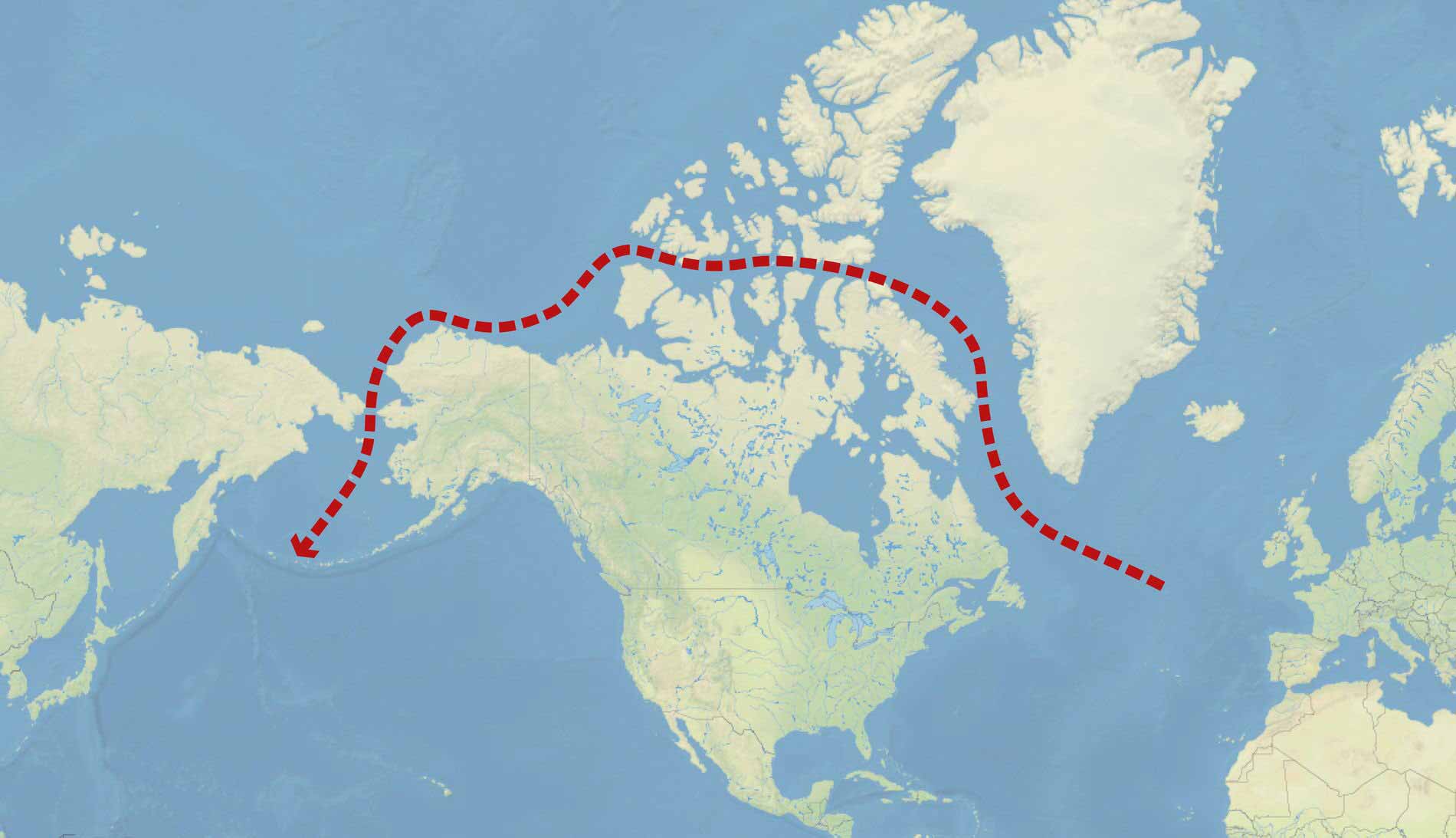
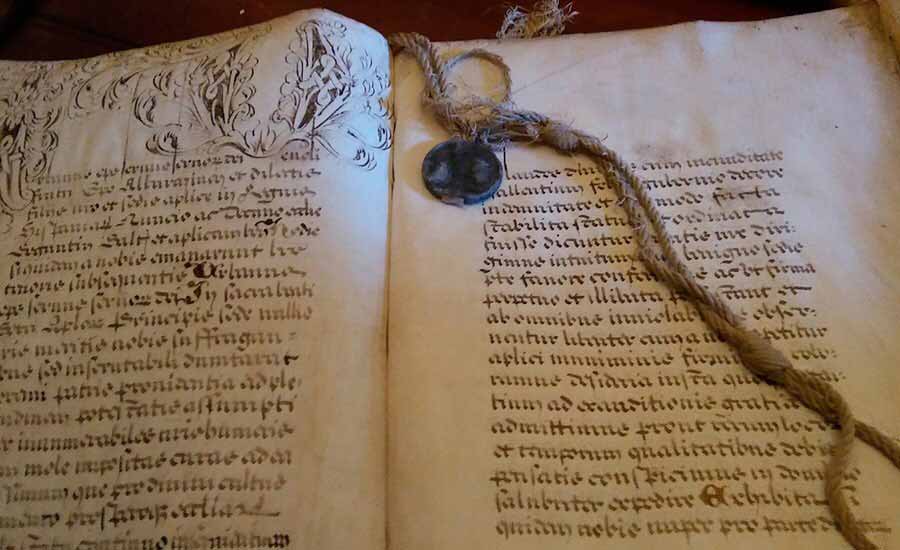
With the concession of the bulls to split the lands of the New World between the two powers that opted for its discovery, colonization, and domination, Spain and Portugal, France, Holland, and England had been left without a sea route to Asia, either by the North or the South.
Without a sea route to Asia, bordering Africa or South America, trade with the Far East is impossible. The South Route by definition was already Portuguese, and the other possible ones crossing South America, Spanish. But did the legendary North Pass of Viking legends exist?
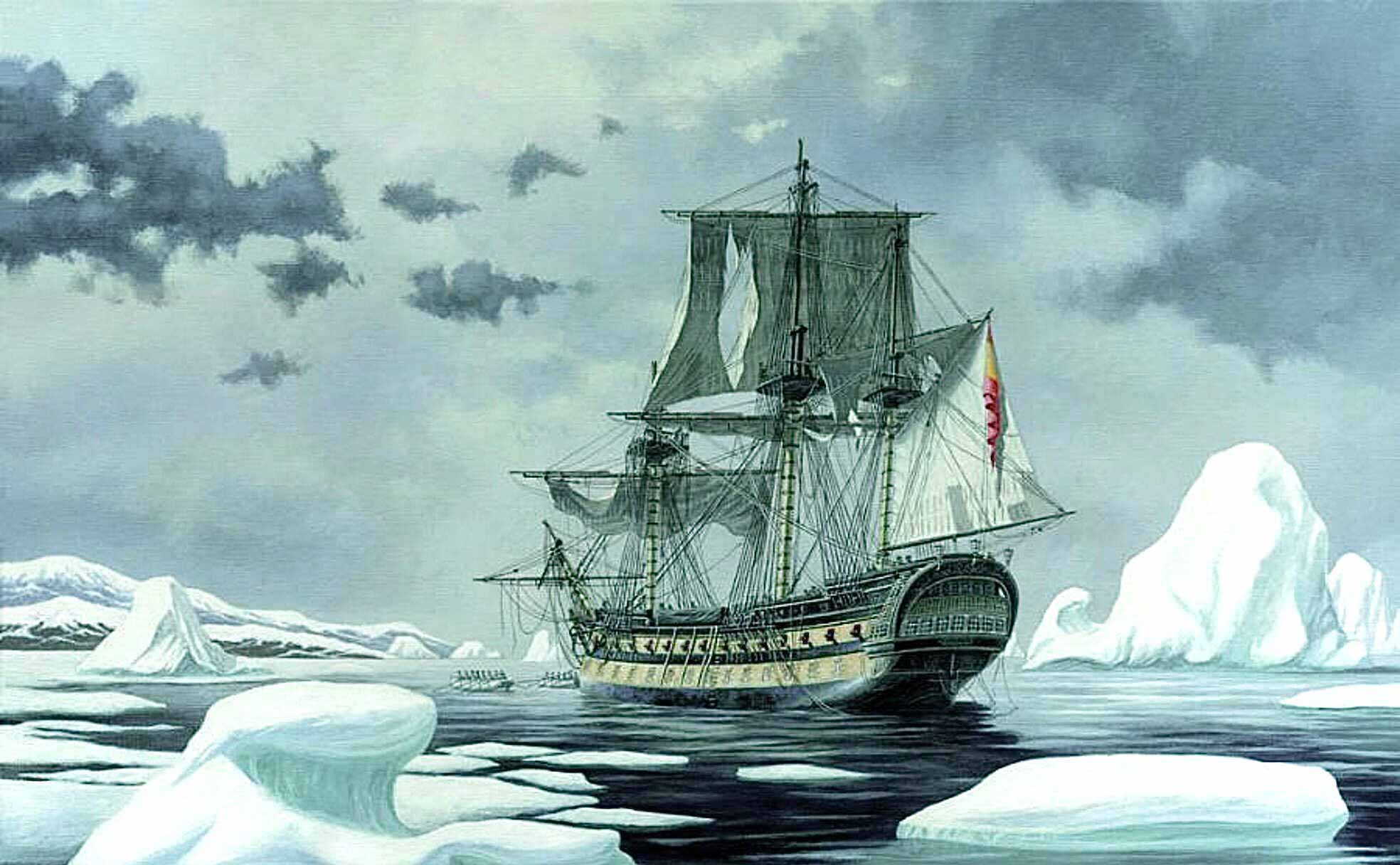
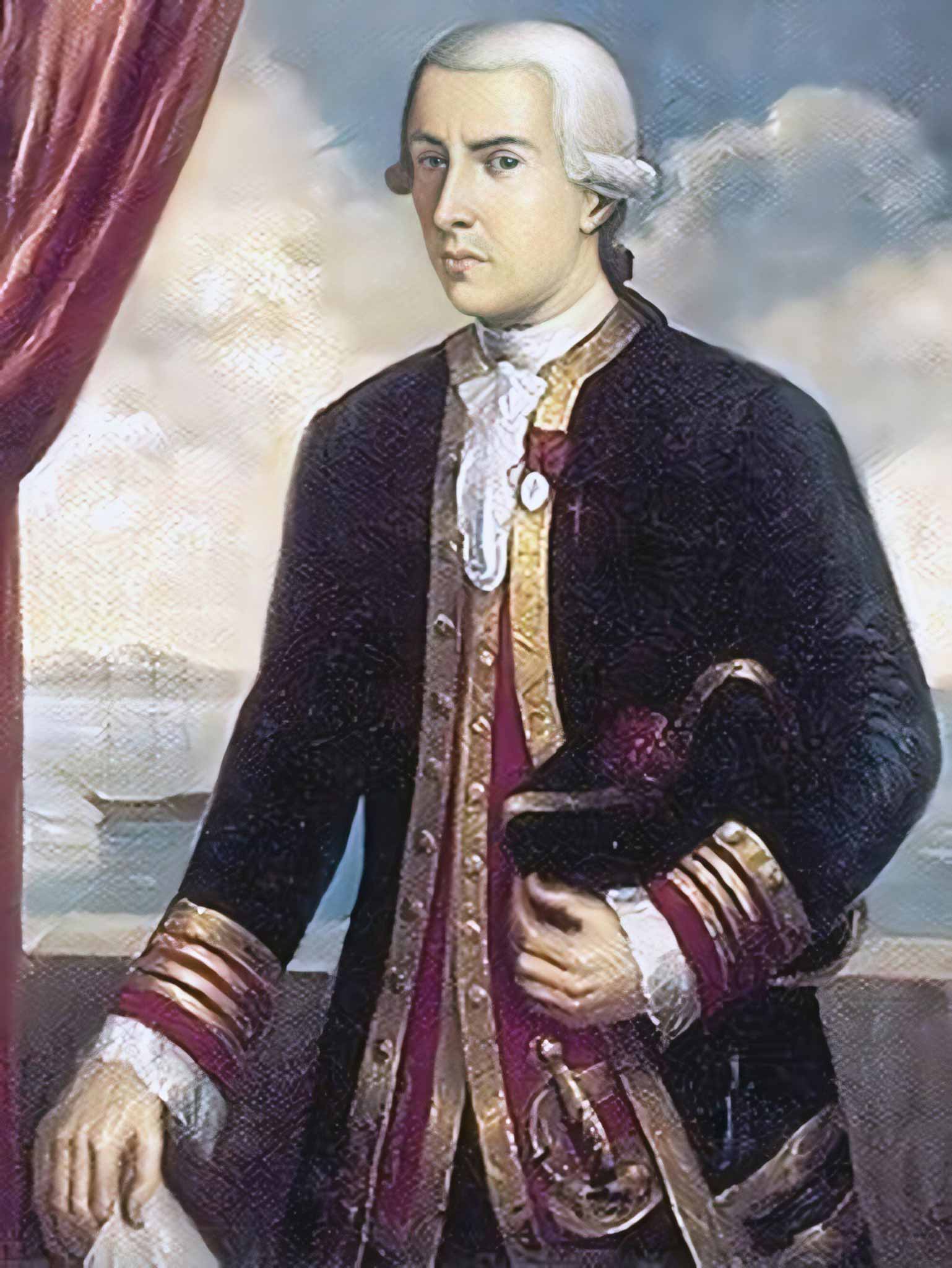
Juan Francisco de la Bodega y Quadra, a Spanish Creole from Lima, Peru, was an officer in the Spanish Royal Navy and willing to find out. Coming from a family of the Cantabrian nobility settled in Lima, he entered the School of Midshipmen in Cádiz, graduating 4 years later as an ensign.
In 1775, Bruno de Heceta took part in an expedition to the Northwest coast of America, following an earlier expedition in 1774, which had failed to claim this coast for Spain. The expedition consisted of two ships: the Santiago led by Heceta and the schooner Sonora.
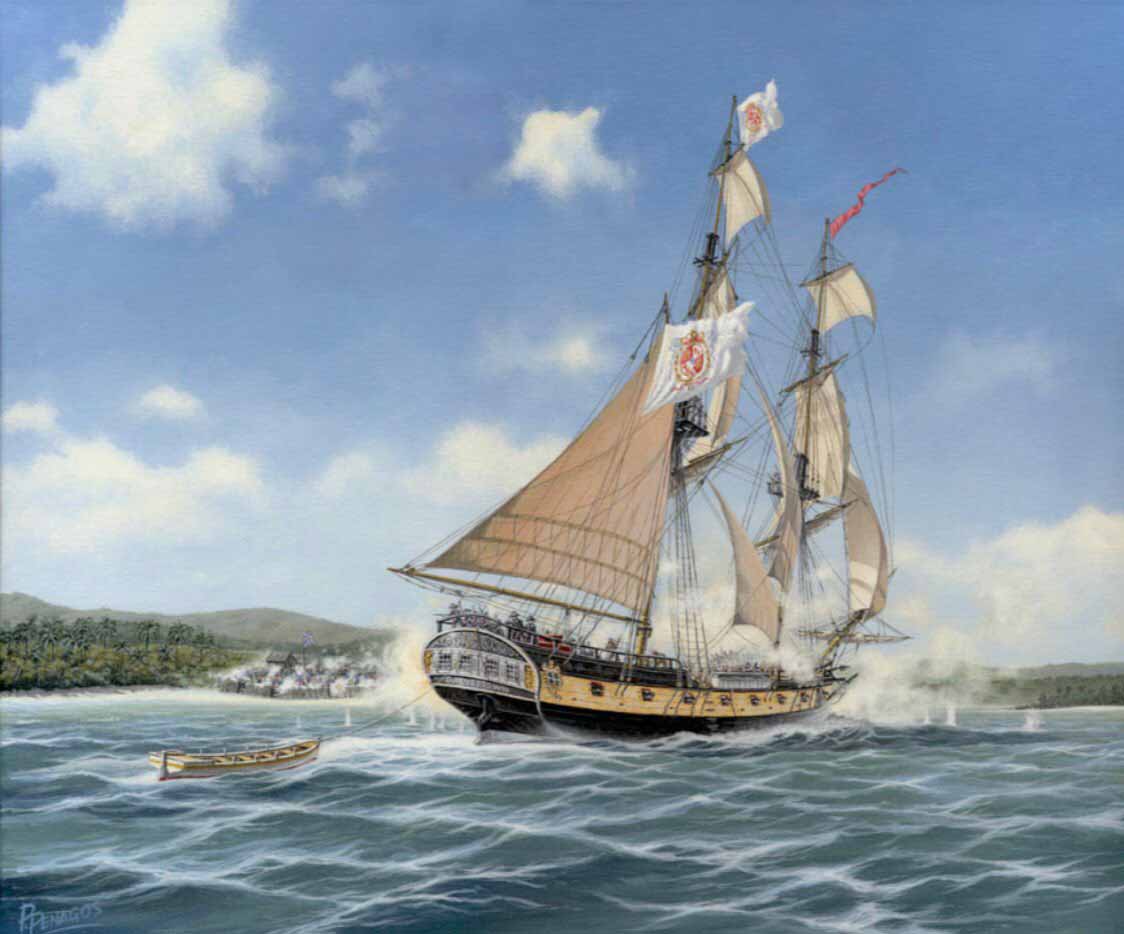
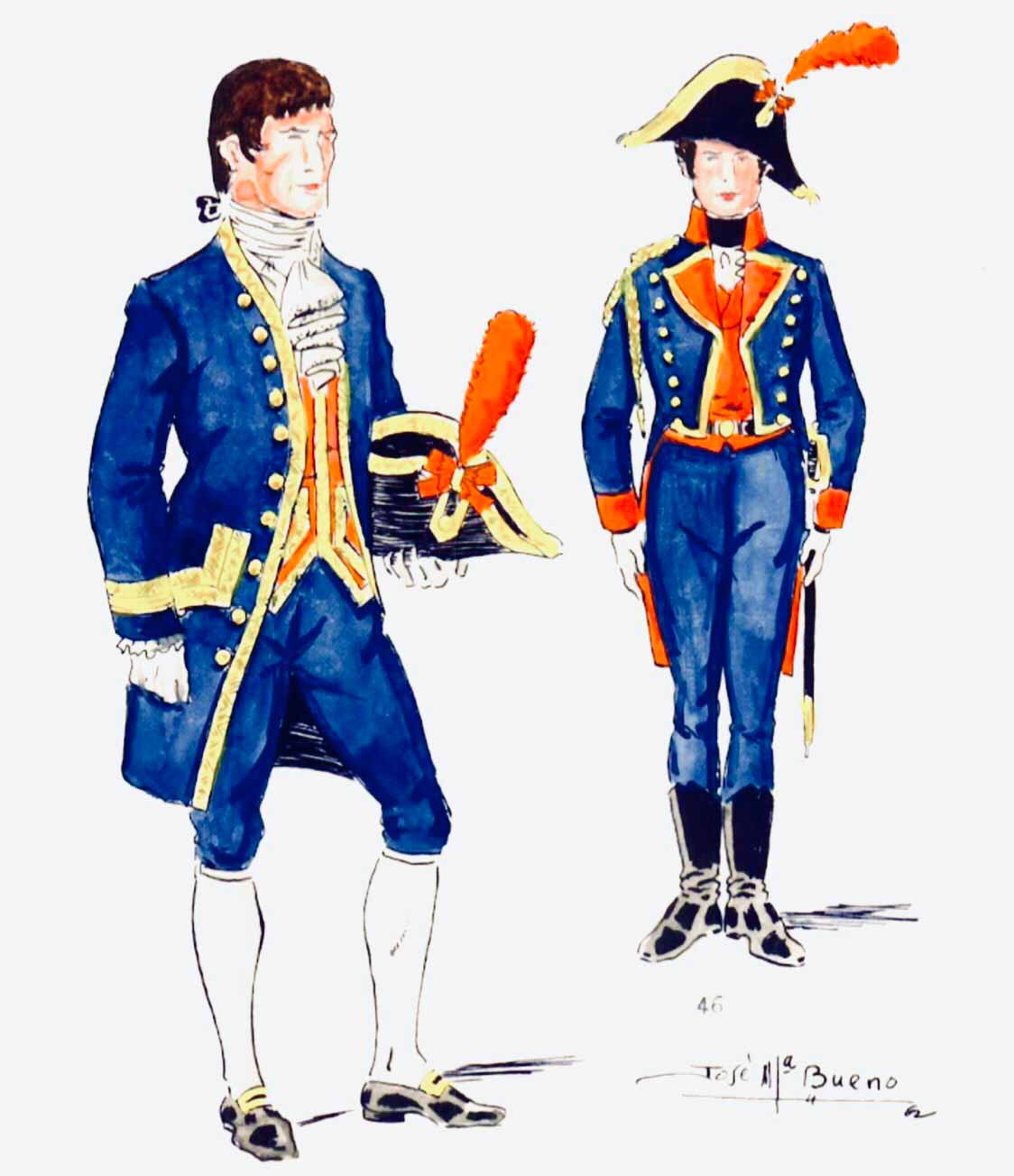
Francisco de la Bodega, was the young lieutenant of the schooner. There was also a third ship, the San Carlos, which departed with them but turned aside at the beginning of the mission to explore the San Francisco Bay, never joining the expedition.
The expedition had orders to explore the coast and land so that the new territories were recognized as Spanish. They also had orders to identify the Russian settlements. The ships left San Blas on March 16, 1775.


Francisco de la Bodega, was the young lieutenant of the schooner. There was also a third ship, the San Carlos, which departed with them but turned aside at the beginning of the mission to explore the San Francisco Bay, never joining the expedition.
Various factors delayed the progress of the expedition, including diseases (scurvy), storms, and various encounters with the Indians, peaceful until then, which killed several sailors who were collecting game in the forests.
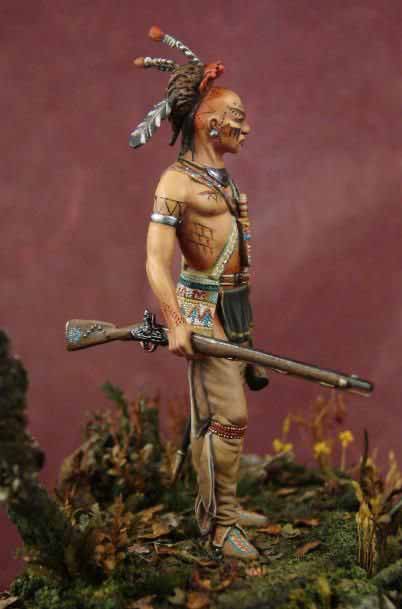

Francisco de la Bodega ordered to open fire to cover the escape of his men but the ship was too far from the coast and all were killed. Affected by this disaster, Heceta decided to return to Mexico, but not Bodega, who rejected him, for not having fulfilled his mission.
Bodega continued North on board the Sonora reaching the vicinity of present-day Sitka (59º North latitude), in Alaska, on August 15th, 1775. He rigorously scouted the coast in search of Russian settlements, his main order from the Spanish Royal Navy.
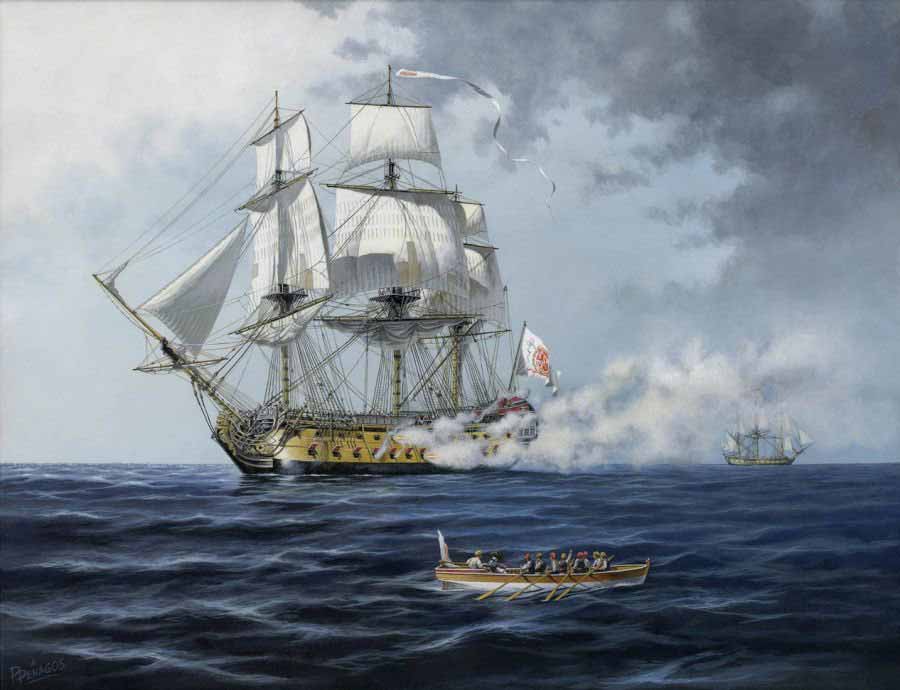
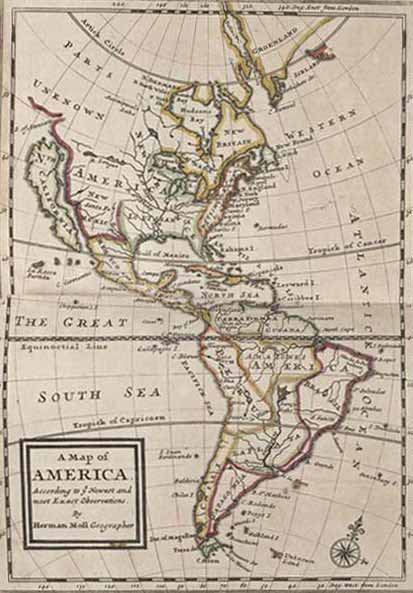
Without finding Russian settlements, they turned South. On the return trip, they made sure to land on one occasion to claim the territory for Spain. The expedition made it clear to Spanish officials that the Russians did not have a large presence on the Pacific coast.
In 1779, the Princesa and Favorita frigates, under the command of Ignacio de Arteaga and with Bodega as second, left San Blas again. With the excuse of his greater seniority, Arteaga was given command, even in spite of the notable merits of Bodega.
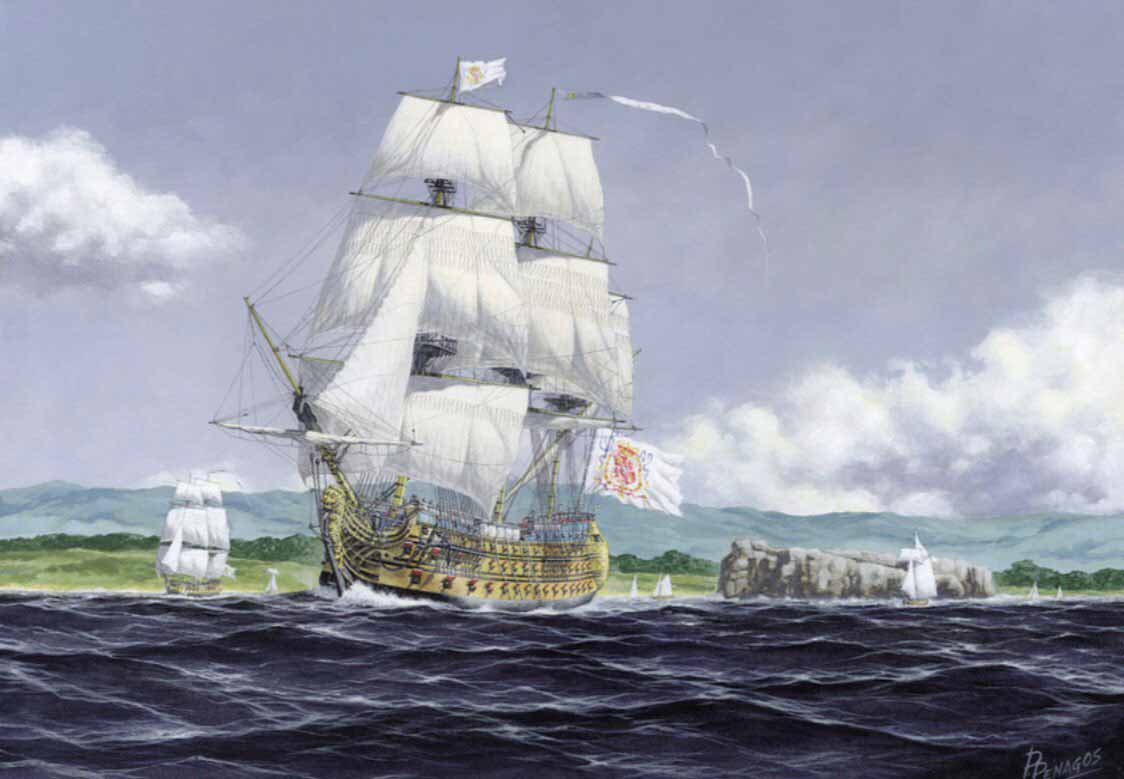
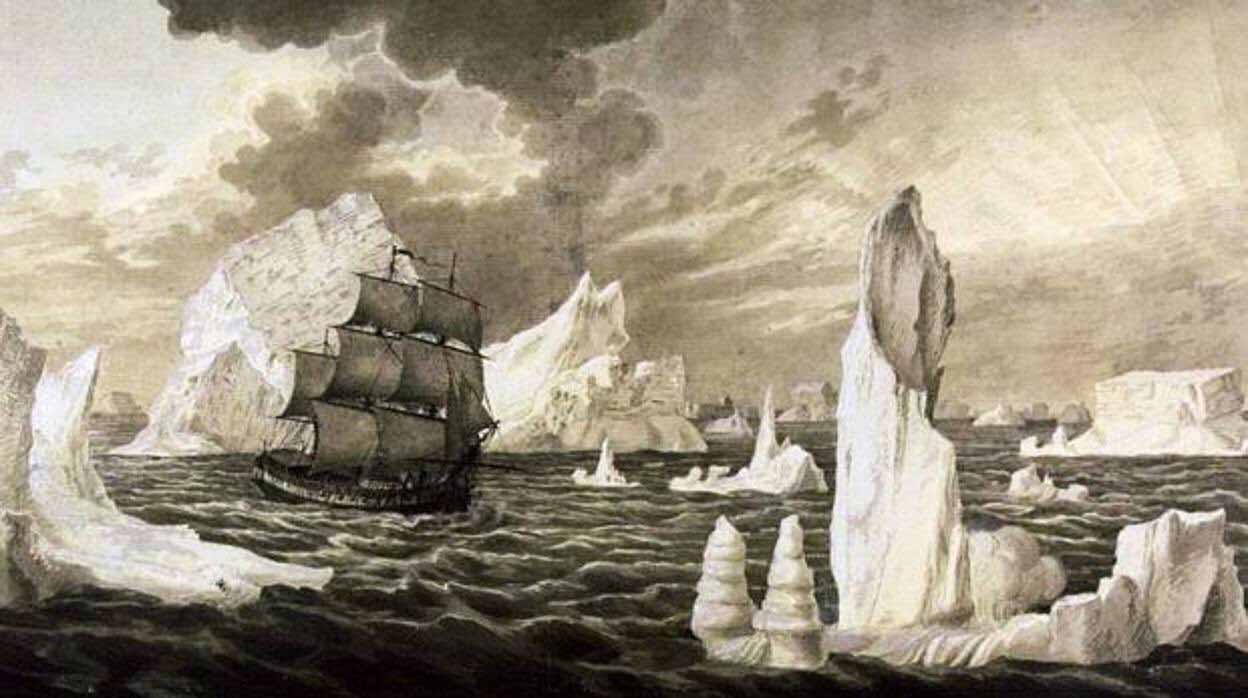
His mission was to explore the Northwest coast. Bodega mapped each bay and inlet looking for the Northwest Passage reaching 58º 30′ North before returning from Alaska due to bad weather. This trip completed the complex claims process for the Pacific Northwest.
In 1792, already a captain, he was ordered to negotiate the sovereignty of the American coast of the Pacific Northwest and the ambiguous treaty agreed at El Escorial, as commissioner of Spain, with the British captain George Vancouver on the island of Nutka.

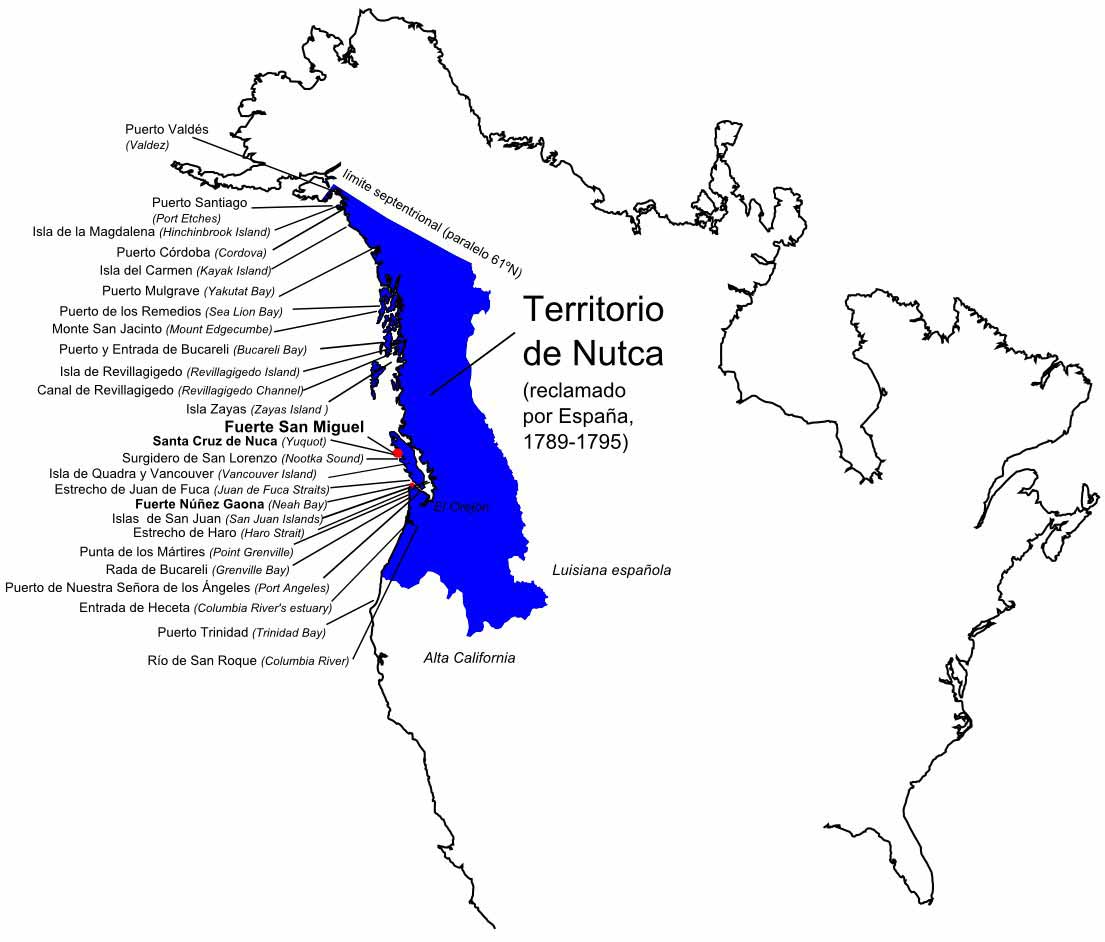
Although they maintained good relations, they were unable to reach an agreement on the details of the treaty. Bodega was against the directives from Spain that ordered him to cede the island, he defended that the Spanish presence was prior to the English.
After lengthy negotiations with Captain Vancouver, they both agreed to forward the points of disagreement to their respective governments. During the meetings, Bodega asked Vancouver to baptize “some port or island with the names of both” as a sign of agreement.
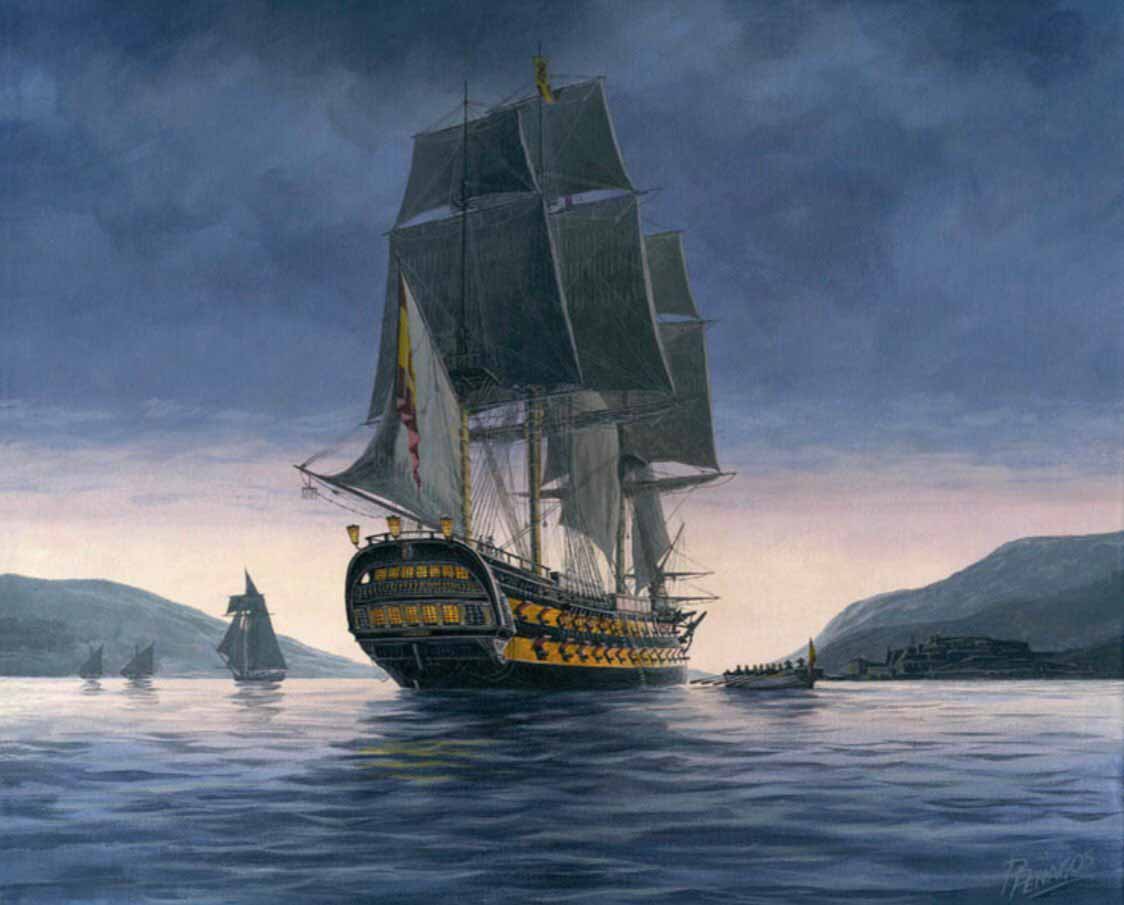
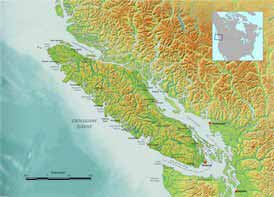
Since Nutka was on an island, Vancouver replied that the place of their encounters could bear the name “Island of Quadra and Vancouver” and with this name the island was introduced in navigation charts and maps.
However, this name was soon shortened to Vancouver Island by the Hudson Bay Company cartographers, in order to erase any evidence that the British had not been the pre-eminent power in the region before any other power.
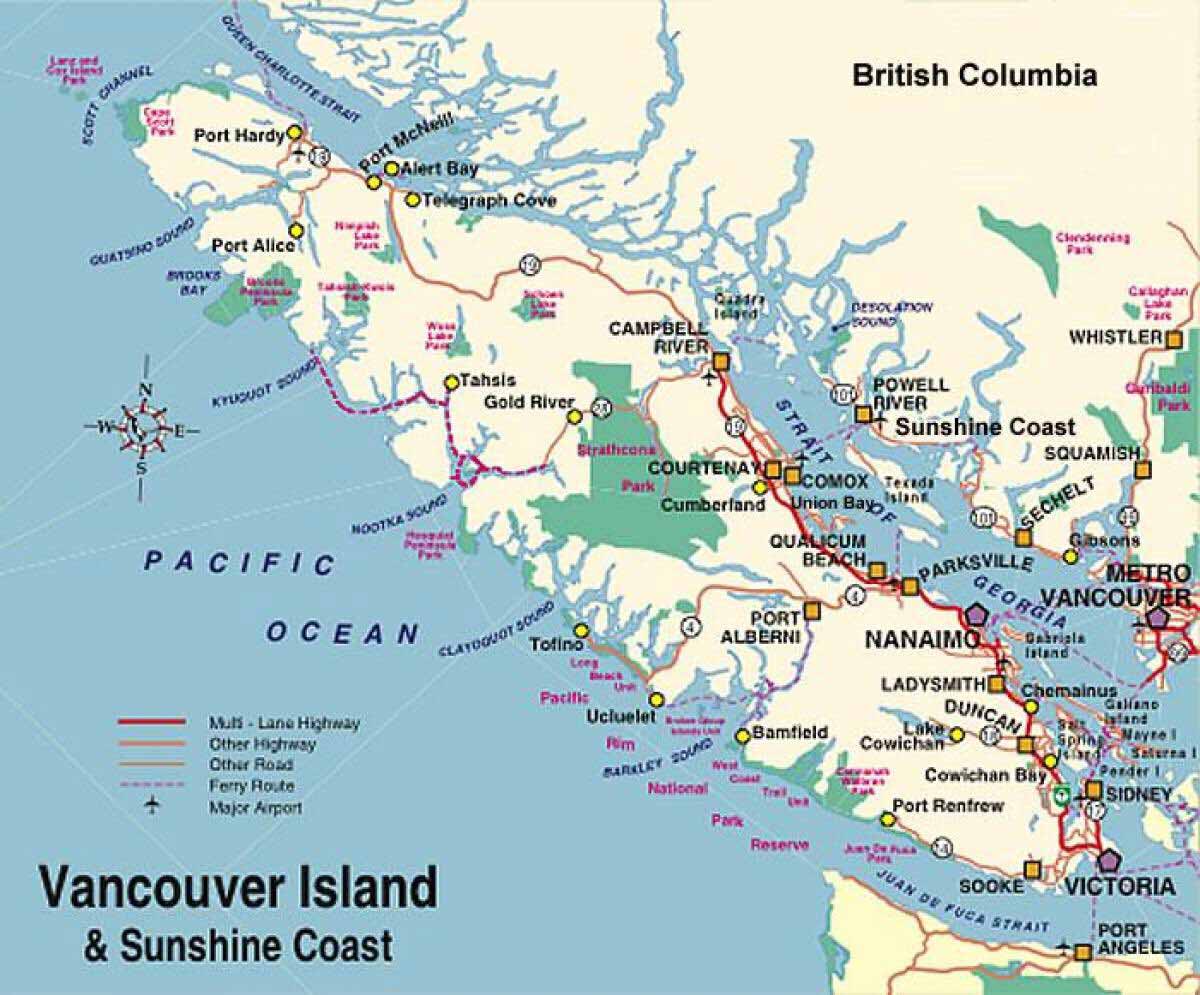
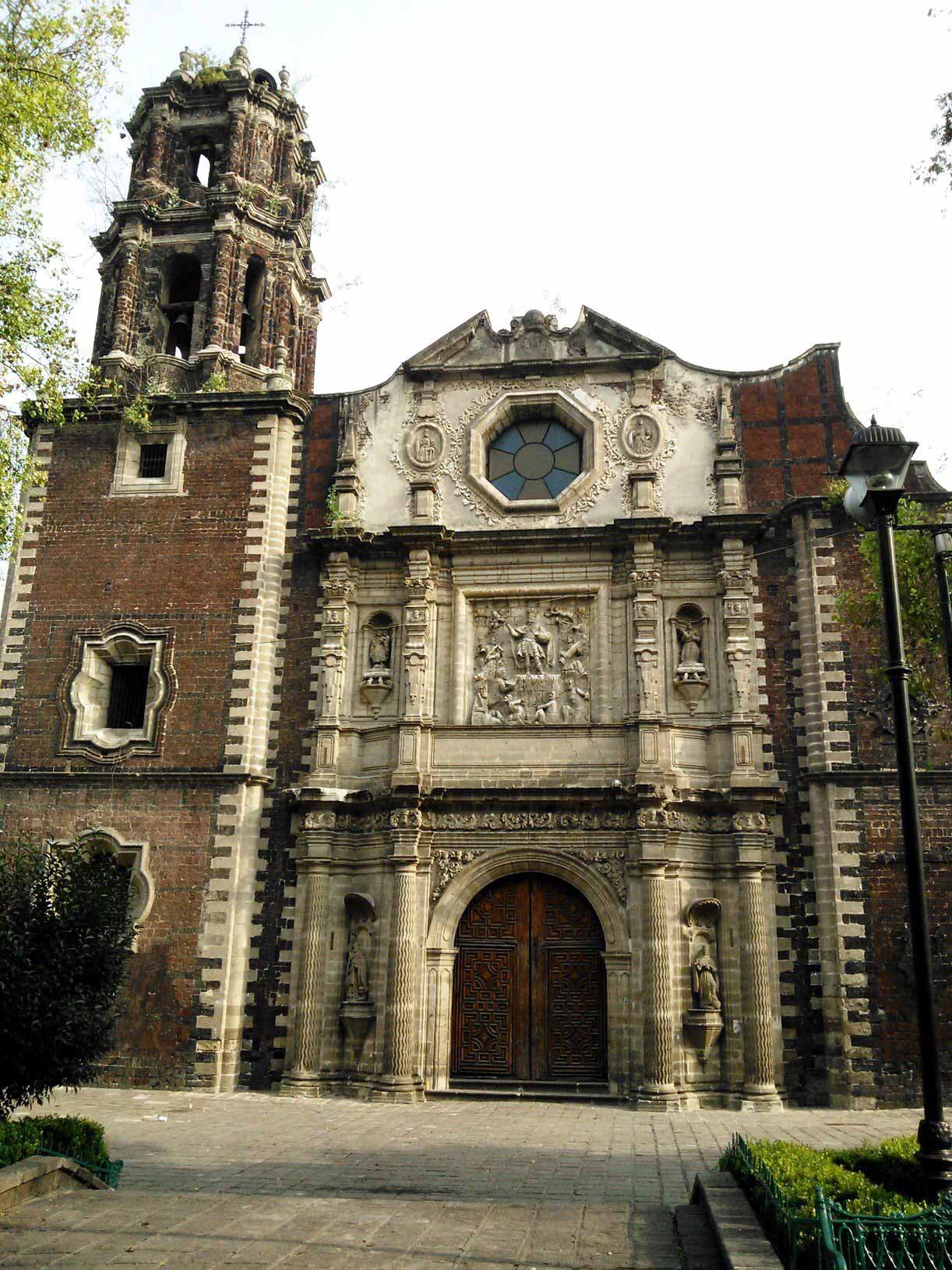
On January 11th, 1794, Spain and the United Kingdom signed an agreement by which they agreed to leave the region, the 3rd Convention of Nutka. Back in San Blas, Bodega fell ill and died on March 29. He was buried in the Convent of San Fernando, where he rests.
The Nutka Conventions negotiated by Juan Francisco de la Bodega and Quadra prevented the escalation of the dispute and the principle of the agreement allowed to demobilize the fleets of both countries and thus avoid war. Despite of his services, no plaque or statue remembers him.


However the island city of Vancouver pays tribute to its British counterpart.
But remember: wherever there was a discovery, there was a Spaniard.
Prints by Carlos Parrilla.
Uniforms by José Mª Bueno.
Maps: Different sources.
Thank you for reading.
Share this article
On This Day
- 1528 Prince Felipe is sworn as heir to the Spanish kingdoms in Madrid.
- 1593 The city of San Salvador de Jujuy (Argentina) is founded by Francisco Argañaraz y Murguía.
- 1776 Battle of Lexington and Concord (United States).
History of Spain
26 August 2020
27 January 2021
Communism: Now and Then
23 December 2022
28 July 2021





